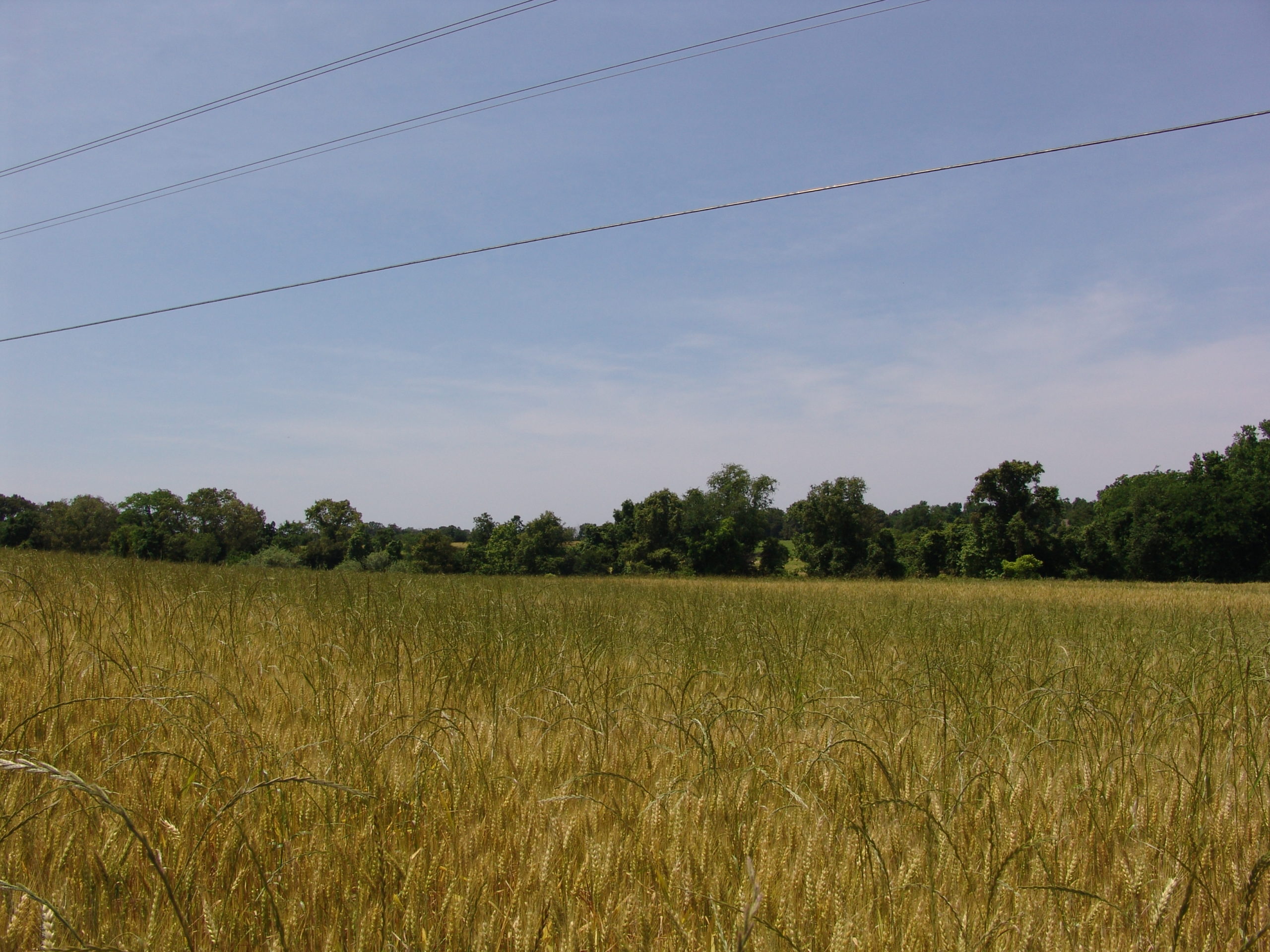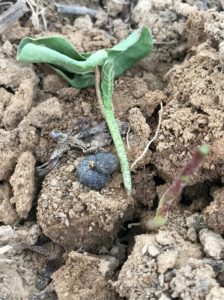County Standardized Trial (CST) Wheat Results are now available. The 2019 planted wheat crop had it’s challenges to say to the least. Between delayed harvest of the 2019 crop, wet fall, wet spring, late freezes etc. this crop had everyone guessing how it would turn out.
The CST program was able to use data collected from 7 locations (Carroll, Fayette, Gibson, Madison, Moore, Weakley, WTREC) to compile this dateset representing 18 varieties commonly available to TN producers. Overall, the varieties averaged 70 bu/ac with a location average range from 52-97 bu/ac. Varieties are separated statistically at a 95% confidence interval indicated by the Mean Separation, “MS” column. Varieties that have the same letter in the MS column are not significantly different from each other.
CST plots are on-farm large strip trials in design, with a minimum plot length of 300 ft. These plots are conducted using common agriculture practices supported by UT recommendations. Special thanks to everyone involved, especially those cooperating producers and County Agents who make this possible .


 If you haven’t noticed, our UTcrops.com website has gotten a facelift. You may not recognize it when you first visit us at https://utcrops.com/. However, it’s organized similarly to the old version. I’m sure there are a few bugs that need to be fixed, but take a look! This site gives you ready access to essentially all UT resources related to row crop production.
If you haven’t noticed, our UTcrops.com website has gotten a facelift. You may not recognize it when you first visit us at https://utcrops.com/. However, it’s organized similarly to the old version. I’m sure there are a few bugs that need to be fixed, but take a look! This site gives you ready access to essentially all UT resources related to row crop production.



